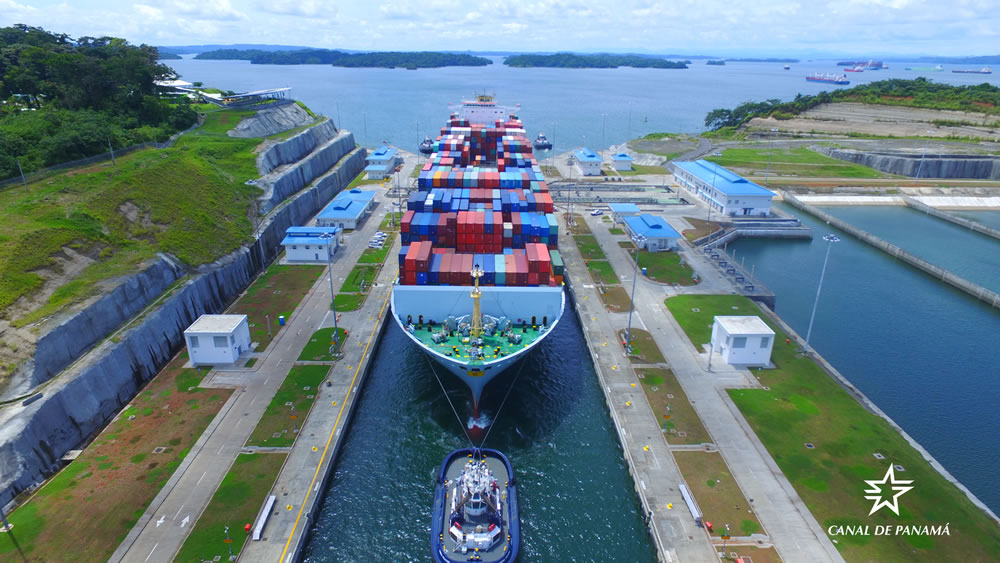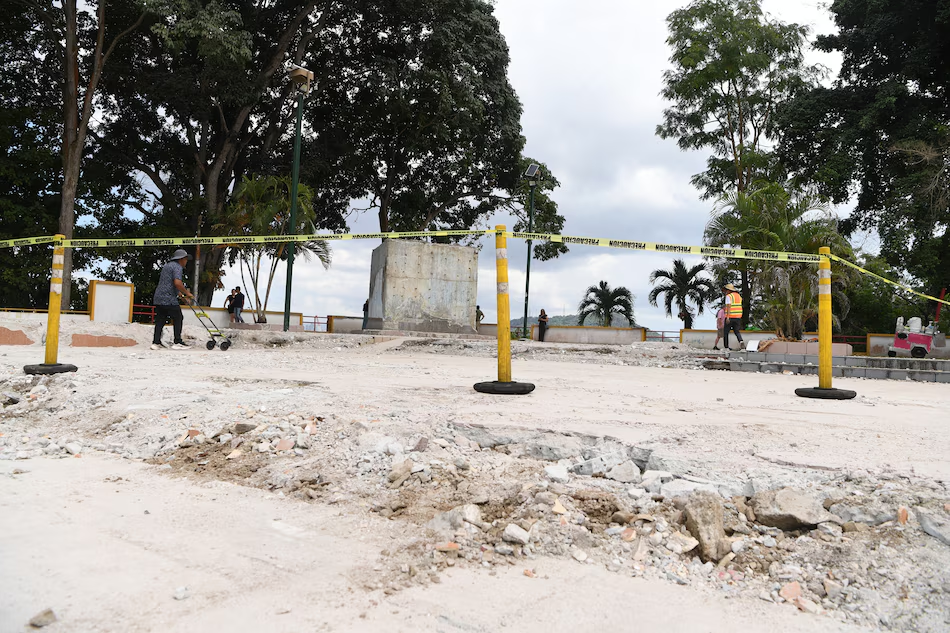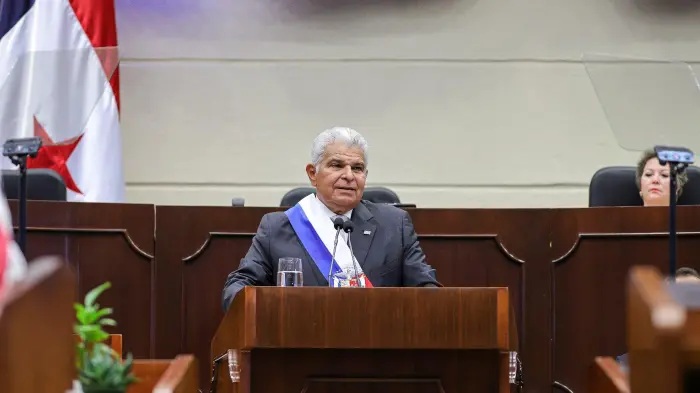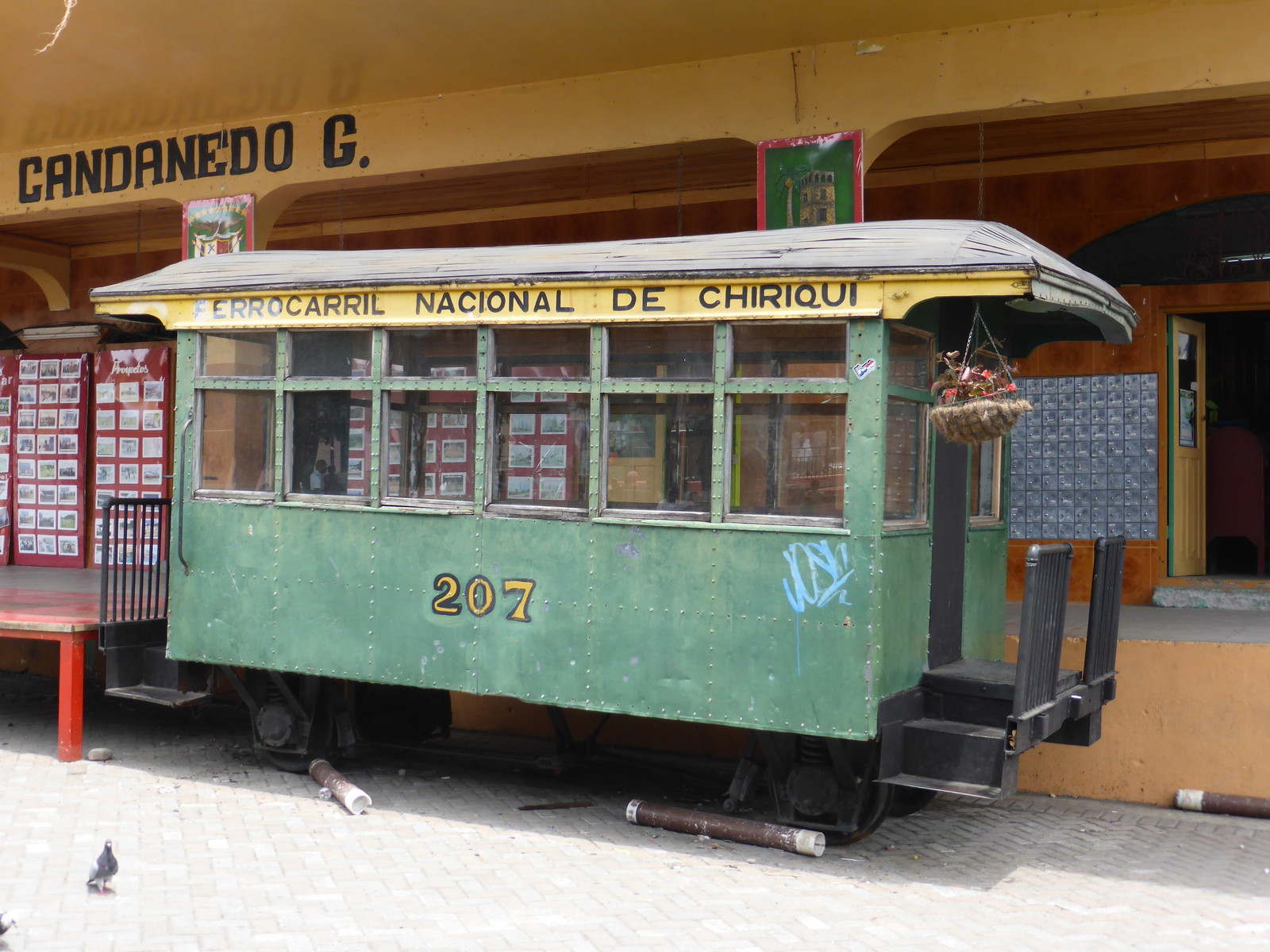82 Panama delegates at World Indigenous Games

For many of the athletes, including 82 from Panama who have travelled to Alberta, Canada for the World Indigenous Nations Games (WIN) , it’s as much about competition and culture as it is about supporting one another.
Delegations from 29 countries, with representation from even more Indigenous nations within those borders, took part in the opening ceremonies at Bear Park in Maskwacis on Monday July 3 .
The games run until July 9, with events also taking place in Enoch Cree Nation.
On Sunday morning, a number of those who arrived early gathered at Tomahawk Park in Enoch Cree Nation for archery practice. On the sidelines was canoer Atilano Flaco from Embera Quera in Panama.
Flaco is a veteran of the WIN Games, having competed and won a gold medal in the event two years ago in Palmos, Brazil reports the CBC.
‘We come with unity in the different nations — not just in Panama, [but] other nations in Canada,” Flaco explained, through Giuseppe Villalaz, who travels with the team and translates.
Villalaz has been following the reconciliation process in Canada. “What’s happening with the reconciliation is ‘wow’ for me,” Villalaz said. “This is good.”
In Panama, he said the relationship of Indigenous nations with the government can be up and down.
Villalaz said when it comes to Indigenous rights, dialogue is contentious, but the government supported sending the delegation of 82 athletes to Alberta.
Areceio Olman, a coach with Paraguay delegation’s soccer team, said through translator Mauricio Rivera that among the 19 different nations from that country, sport is the common denominator, but there are huge differences: like their equipment.
For example, when the archers compete, it will be with their own traditional bows and arrows. But the friendly competition is still there.
Flaco said he hopes to defend his title, but he added that he knows little about Canadian canoes. “The canoe in Panama is so different,” explained Flaco, who still lives traditionally in a forested area on the edge of Panama City where he’s used to using a canoe as a mode of transportation.





